#e prescription software
Explore tagged Tumblr posts
Text
The Evolution of E-Prescription Software
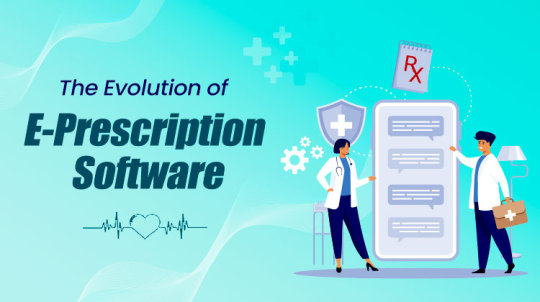
The era of paper prescriptions is becoming a distant memory. Now, the spotlight shines on a digital revolution: the e-prescription system. This cutting-edge technology is revolutionizing healthcare, ushering in an era of enhanced efficiency, improved safety, and unparalleled convenience for both healthcare recipients and professionals.
But e-prescription software isn’t just a digital upgrade; it’s a revolution. Let’s delve into its evolution, explore its benefits, and peek into the exciting future it holds.
From Paper to Pixels: A Brief History of E-prescription
The concept of e-prescription, also known as electronic prescription or digital prescription, emerged in the late 1990s. The early 2000s saw a turning point with initiatives like the Surescripts Network, which established a secure infrastructure for electronic prescription exchange. Today, e-prescription has become the norm in many countries, with adoption rates steadily climbing.
The Power of E-prescription Software: A Multitude of Benefits
E-prescription software isn’t just about replacing paper. It offers a plethora of advantages that impact every stakeholder in the healthcare ecosystem.
Enhanced Efficiency: Gone are the days of tedious paperwork. E-prescription software streamlines the prescription process, allowing doctors to transmit prescriptions electronically to pharmacies with a few clicks. This saves valuable time, reduces administrative burden, and frees up doctors to focus on what matters most — patient care.
Improved Safety: Human error is inevitable, but e-prescription software significantly reduces the risk of medication mistakes. Features like built-in drug interaction checks and allergy alerts ensure patients receive the right medication at the right dosage. This translates to fewer adverse drug events and improved patient safety.
Greater Convenience: Patients no longer must decipher illegible handwriting or wait for pharmacies to receive faxed prescriptions. E-prescription software allows them to access their medication history electronically and receive refills with a tap on their phone. This empowers patients to take a more active role in managing their health.
Streamlined Communication: E-prescription software promotes seamless communication between doctors, pharmacists, and patients. Electronic records facilitate medication reconciliation and provide a clear picture of a patient’s overall medication regimen. This fosters better collaboration and a more holistic approach to patient care.
Data-driven Insights: E-prescription data is a goldmine for healthcare researchers and policymakers. By analysing prescribing patterns and medication trends, valuable insights can be gleaned to improve medication safety, optimize treatment protocols, and identify potential public health issues.
The Future of E-prescription Software in 2024
The e-prescription software landscape is constantly evolving, with exciting new possibilities on the horizon. Here’s a glimpse into what the future holds:
Integration with AI: Artificial intelligence (AI) has the potential to revolutionize e-prescription software further. AI-powered tools can analyse patient data and suggest alternative medications, identify potential drug interactions with even greater accuracy, and personalize treatment plans based on individual needs.
Mobile Apps and Patient Engagement: Mobile apps connected to e-prescription software can empower patients like never before. Imagine receiving medication reminders, educational resources, and personalized health tips directly on their smartphones. This fosters patient engagement and promotes medication adherence.
Interoperability and Data Sharing: The healthcare industry is plagued by fragmented systems. Future e-prescription software will prioritize seamless interoperability, allowing secure data exchange between different platforms. This will create a more holistic view of patient health and enable a more coordinated approach to care.
Telemedicine Integration: The rise of telemedicine is creating a demand for remote prescription capabilities. E-prescription software that seamlessly integrates with telemedicine platforms will make it easier for patients to access medication even when they can’t visit a doctor in person.
The Road Ahead: Embracing the E-prescription Revolution.
E-prescription software is more than just technology; it’s a catalyst for a paradigm shift in healthcare. By embracing this revolution, IT professionals, healthcare providers, and researchers can work together to create a more efficient, safe, and patient-centric healthcare system.
Whether you’re an IT entrepreneur developing innovative e-prescription solutions, an IT manager implementing the software in a healthcare setting, a healthcare professional leveraging its benefits for your patients, or a researcher exploring its potential for data-driven insights, the future of e-prescription software is bright. Let’s join forces to unlock its full potential and usher in a new era of healthcare excellence.
— — — — — — — — — — — — — — — — — — — — — — — — — — — —
Is e-prescription cost-effective?
Yes, it reduces costs related to paper, printing, and manual processes. It also prevents medication errors, which can be expensive to rectify.
Can e-prescription software integrate with pharmacies?
Yes, e-prescription software integrates with pharmacies, allowing direct transmission of prescriptions. Pharmacists receive accurate information and can prepare medications promptly.
How does e-prescription software improve patient safety?
E-prescription reduces errors caused by illegible handwriting, incorrect dosages, or drug interactions. It also provides real-time alerts for allergies and potential adverse reactions.
What about the privacy and security of e-prescription software?
E-prescription softwares follow strict security protocols to protect patient data. Encryption, authentication, and audit trails ensure privacy compliance.
— — — — — — — — — — — — — — — — — — — — — — — — — — — —
Check out the blog post: https://shorturl.at/vqfvt
#e-prescription software#e prescription software#e prescription solutions#software#applications#apps
0 notes
Text
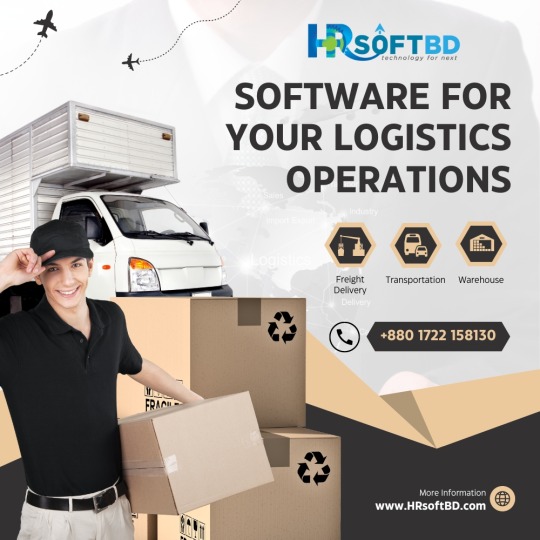
Courier Service Management Software by @hrsoftbd Bangladesh
#mobile app design bd#mobile app development bd#accounting software bd#accounting software development bd#advocate dairy management bd#website desing bd#website development bd#omr solution bd#omr development bd#Courier service management software bd#doamin and hosting bd#bulk sms bd#prescription software bd#e-commerce solution bd#online education system bd#spa management software bd#parlor management software bd#ballot counting software bd#dairy farm software bd#shop management software bd#invoice software development bd#salon management software bd#ERP solution bd#vehicle manageent bd#Coaching Management Software bd#hrsoftbd
2 notes
·
View notes
Text

www.HRsoftBD.com offers OMR Service for MCQ Exam
#mobile app design bd#mobile app development bd#accounting software bd#accounting software development bd#advocate dairy management bd#website desing bd#website development bd#omr solution bd#omr development bd#Courier service management software bd#doamin and hosting bd#bulk sms bd#prescription software bd#e-commerce solution bd#online education system bd#spa management software bd#parlor management software bd#ballot counting software bd#dairy farm software bd#shop management software bd#invoice software development bd#salon management software bd#ERP solution bd#vehicle manageent bd#hrsoftbd
2 notes
·
View notes
Text
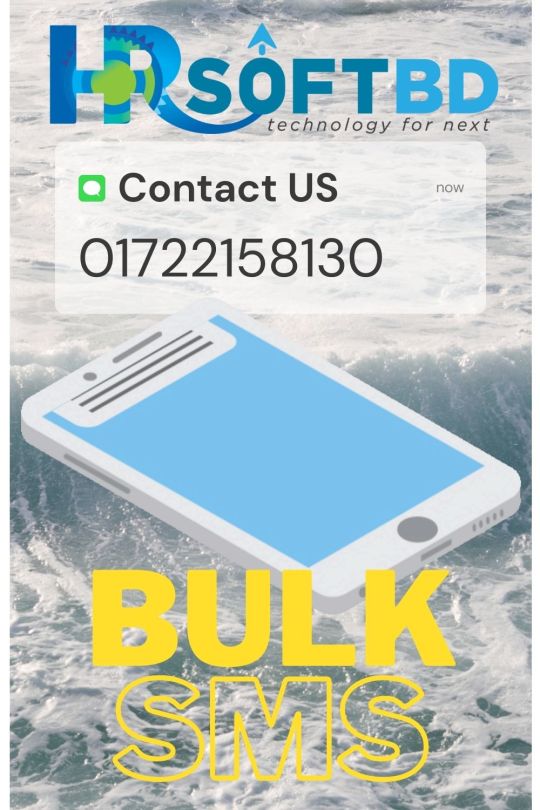
HRsoftBD offer Bluk SMS
#mobile app design bd#mobile app development bd#accounting software bd#accounting software development bd#advocate dairy management bd#website desing bd#website development bd#omr solution bd#omr development bd#Courier service management software bd#doamin and hosting bd#bulk sms bd#prescription software bd#e-commerce solution bd#online education system bd#spa management software bd#parlor management software bd#ballot counting software bd#dairy farm software bd#shop management software bd#invoice software development bd#salon management software bd#ERP solution bd#vehicle manageent bd#hrsoftbd
2 notes
·
View notes
Text
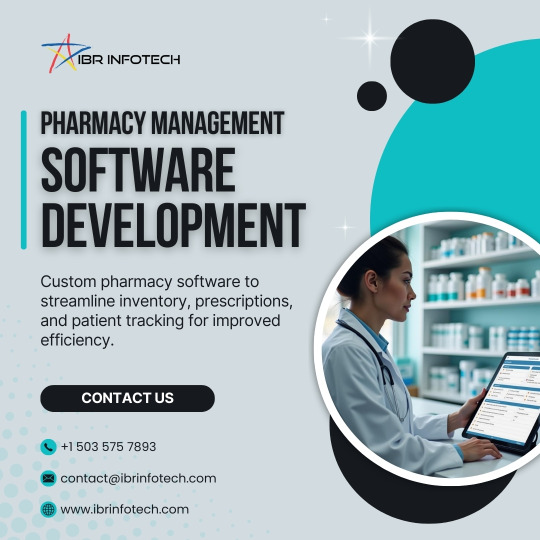
IBR Infotech offers custom pharmacy software solutions in New York, designed to streamline pharmacy operations and enhance patient care. Our solutions include prescription management, inventory tracking, automated billing, e-prescriptions, and compliance management to ensure smooth and efficient workflows. We integrate AI-powered analytics, telemedicine support, and multi-store management for modern pharmacies. Whether you're an independent pharmacy or a large healthcare provider, our secure and scalable software solutions help improve accuracy, reduce errors, and enhance customer experience. Optimize your pharmacy operations with IBR Infotech—contact us today!
#mobile app development#app development#web developing company#web design services#orlando web design#web development company#webdevelopment#web design agency#website design#Pharmacy Software Solutions#custom pharmacy software solutions#pharmacy operations#inventory tracking#automated billing#e-prescriptions#website
0 notes
Text
We are providing professional advocate management system

#advocate dairy management bd#mobile app design bd#mobile app development bd#accounting software bd#accounting software development bd#website desing bd#website development bd#omr solution bd#omr development bd#Courier service management software bd#doamin and hosting bd#bulk sms bd#prescription software bd#e-commerce solution bd#online education system bd#spa management software bd#parlor management software bd#ballot counting software bd#dairy farm software bd#shop management software bd#invoice software development bd#salon management software bd#ERP solution bd#vehicle manageent bd#hrsoftbd
0 notes
Text
What is E-Prescription Software?
Physicians and healthcare facilities can automate the prescription of pharmaceuticals with the use of e-prescription software, a digital technological framework. By adopting e-prescribing technologies, medical professionals can transmit prescriptions directly to their pharmacy partners, eliminating the need for manual prescription transmission. More than only prescription drugs are offered by e-prescription software; it also offers solutions for e-prescription software that are made especially to improve drug management procedures, reduce error rates, and improve patient outcomes. As a result, since both will benefit, pharmacies and medical facilities stand to win.
Patient Pre-Authorization in E-Prescription Software:
Pre-authorization of patients is an essential part of any practice management system. Similar to this, patient pre-authorization is necessary in e-prescribing programs to guarantee a patient's eligibility for particular medications. The pharmacy benefit management system determines whether prescription medications are covered by insurance in accordance with healthcare protocols.
Thus, we can customize e-prescribing software programs that include the patient pre-authorization function. Additionally, we can guarantee that the software will combine additional patient data, like insurance information, past medical history, and details. By include these in the e-prescribing software, physicians and pharmacists will be able to determine a patient's eligibility and tolerance for various prescription medications. Physicians and pharmacists can prescribe more potent medications with this knowledge.
#e prescription software#e-prescribing software#prescription software#electronic prescribing software#electronic prescription systems
0 notes
Text
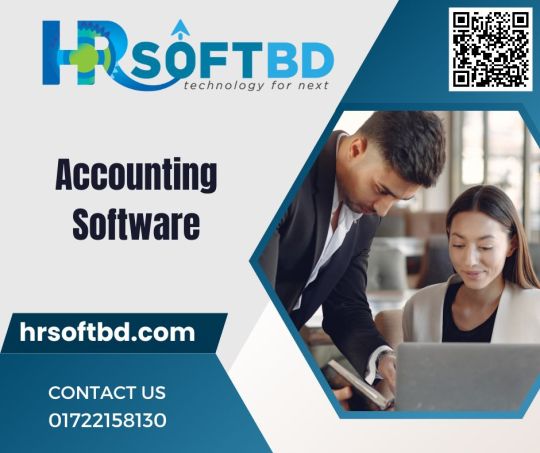
Accounting Software Development by @hrsoftbd Bangladesh
#mobile app design bd#mobile app development bd#accounting software bd#accounting software development bd#advocate dairy management bd#website desing bd#website development bd#omr solution bd#omr development bd#Courier service management software bd#doamin and hosting bd#bulk sms bd#prescription software bd#e-commerce solution bd#online education system bd#spa management software bd#parlor management software bd#ballot counting software bd#dairy farm software bd#shop management software bd#invoice software development bd#salon management software bd#ERP solution bd#vehicle manageent bd#Coaching Management Software bd#hrsoftbd
2 notes
·
View notes
Text
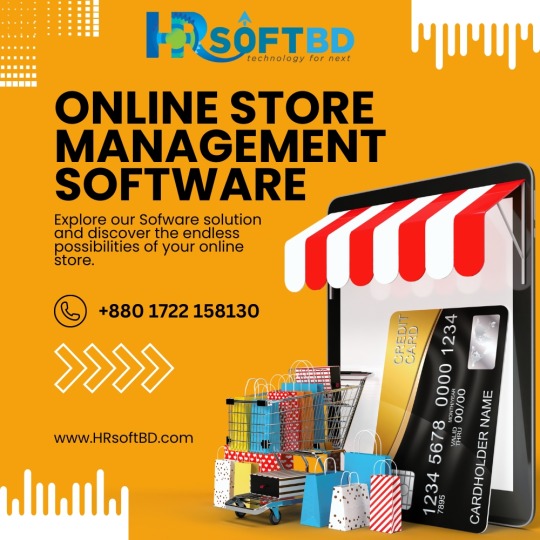
HRsoftBD offers Online Store Management Software
#mobile app design bd#mobile app development bd#accounting software bd#accounting software development bd#advocate dairy management bd#website desing bd#website development bd#omr solution bd#omr development bd#Courier service management software bd#doamin and hosting bd#bulk sms bd#prescription software bd#e-commerce solution bd#online education system bd#spa management software bd#parlor management software bd#ballot counting software bd#dairy farm software bd#shop management software bd#invoice software development bd#salon management software bd#ERP solution bd#vehicle manageent bd#hrsoftbd
2 notes
·
View notes
Text

HRsoftBD Develops Mobile App
#mobile app design bd#mobile app development bd#accounting software bd#accounting software development bd#advocate dairy management bd#website desing bd#website development bd#omr solution bd#omr development bd#Courier service management software bd#doamin and hosting bd#bulk sms bd#prescription software bd#e-commerce solution bd#online education system bd#spa management software bd#parlor management software bd#ballot counting software bd#dairy farm software bd#shop management software bd#invoice software development bd#salon management software bd#ERP solution bd#vehicle manageent bd#hrsoftbd
2 notes
·
View notes
Text
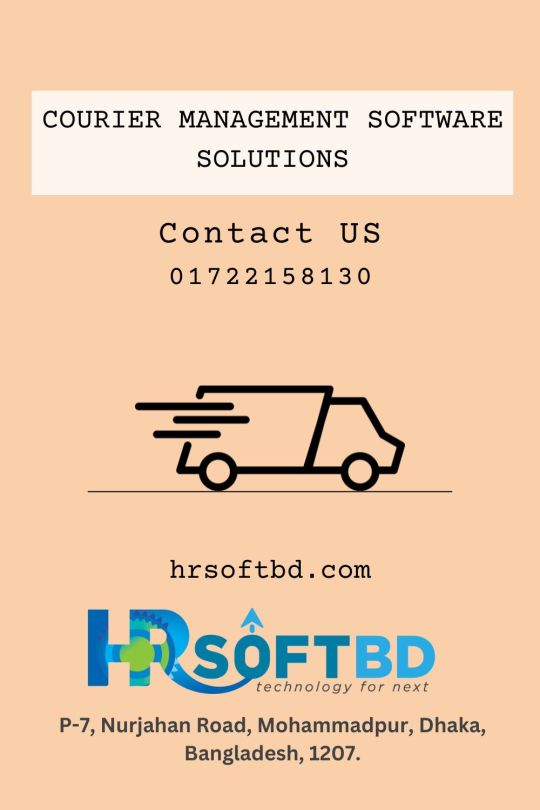
HRsoftBD offers Courier Management Software Solution
#mobile app design bd#mobile app development bd#accounting software bd#accounting software development bd#advocate dairy management bd#website desing bd#website development bd#omr solution bd#omr development bd#Courier service management software bd#doamin and hosting bd#bulk sms bd#prescription software bd#e-commerce solution bd#online education system bd#spa management software bd#parlor management software bd#ballot counting software bd#dairy farm software bd#shop management software bd#invoice software development bd#salon management software bd#ERP solution bd#vehicle manageent bd#hrsoftbd
2 notes
·
View notes
Text

HRsoftBD offers Bulk SMS Service
#mobile app design bd#mobile app development bd#accounting software bd#accounting software development bd#advocate dairy management bd#website desing bd#website development bd#omr solution bd#omr development bd#Courier service management software bd#doamin and hosting bd#bulk sms bd#prescription software bd#e-commerce solution bd#online education system bd#spa management software bd#parlor management software bd#ballot counting software bd#dairy farm software bd#shop management software bd#invoice software development bd#salon management software bd#ERP solution bd#vehicle manageent bd#hrsoftbd
2 notes
·
View notes
Text
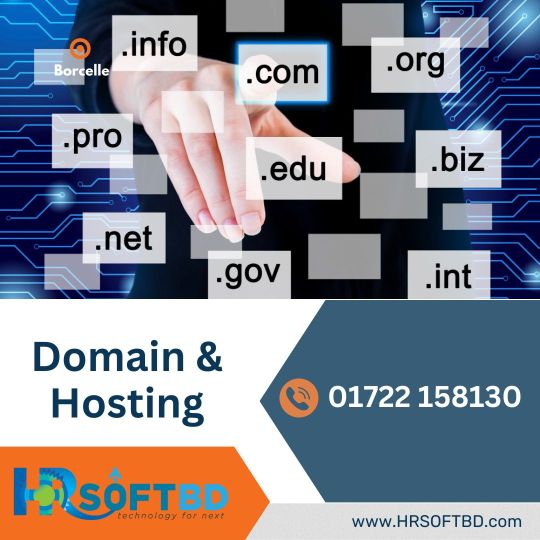
www.HRsoftBD.com offers Domain & Hosting Service
#mobile app design bd#mobile app development bd#accounting software bd#accounting software development bd#advocate dairy management bd#website desing bd#website development bd#omr solution bd#omr development bd#Courier service management software bd#doamin and hosting bd#bulk sms bd#prescription software bd#e-commerce solution bd#online education system bd#spa management software bd#parlor management software bd#ballot counting software bd#dairy farm software bd#shop management software bd#invoice software development bd#salon management software bd#ERP solution bd#vehicle manageent bd#hrsoftbd
2 notes
·
View notes
Text

www.HRsoftBD.com offers Accounting software
#mobile app design bd#mobile app development bd#accounting software bd#accounting software development bd#advocate dairy management bd#website desing bd#website development bd#omr solution bd#omr development bd#Courier service management software bd#doamin and hosting bd#bulk sms bd#prescription software bd#e-commerce solution bd#online education system bd#spa management software bd#parlor management software bd#ballot counting software bd#dairy farm software bd#shop management software bd#invoice software development bd#salon management software bd#ERP solution bd#vehicle manageent bd#hrsoftbd
2 notes
·
View notes
Text
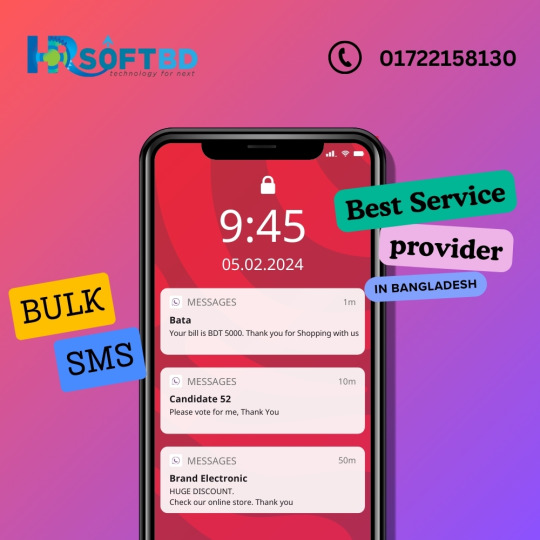
www.HRsoftBD.com offers Bulk SMS service
#mobile app design bd#mobile app development bd#accounting software bd#accounting software development bd#advocate dairy management bd#website desing bd#website development bd#omr solution bd#omr development bd#Courier service management software bd#doamin and hosting bd#bulk sms bd#prescription software bd#e-commerce solution bd#online education system bd#spa management software bd#parlor management software bd#ballot counting software bd#dairy farm software bd#shop management software bd#invoice software development bd#salon management software bd#ERP solution bd#vehicle manageent bd#hrsoftbd
2 notes
·
View notes
Text

www.HRsoftBD.com offers E-commerce Solution
#mobile app design bd#mobile app development bd#accounting software bd#accounting software development bd#advocate dairy management bd#website desing bd#website development bd#omr solution bd#omr development bd#Courier service management software bd#doamin and hosting bd#bulk sms bd#prescription software bd#e-commerce solution bd#online education system bd#spa management software bd#parlor management software bd#ballot counting software bd#dairy farm software bd#shop management software bd#invoice software development bd#salon management software bd#ERP solution bd#vehicle manageent bd#hrsoftbd
2 notes
·
View notes